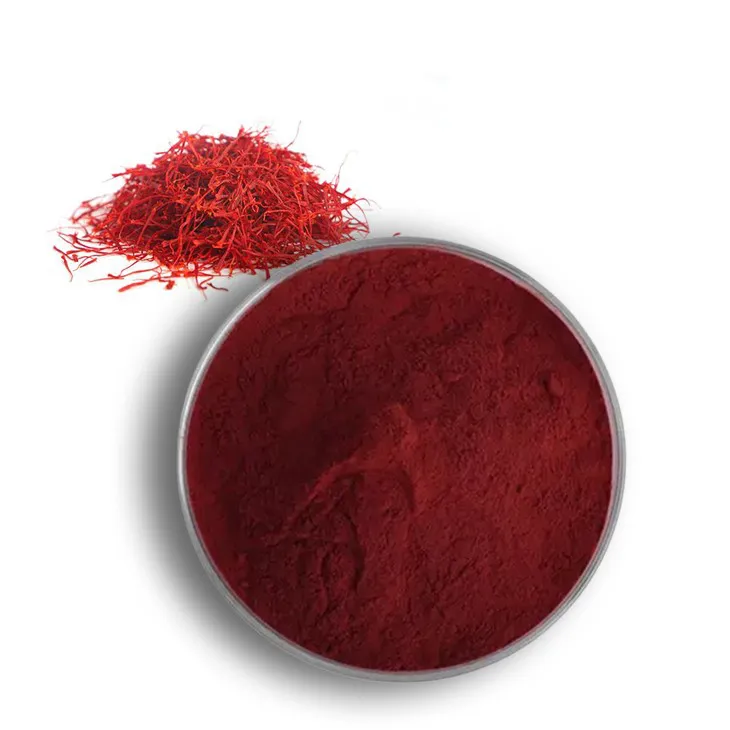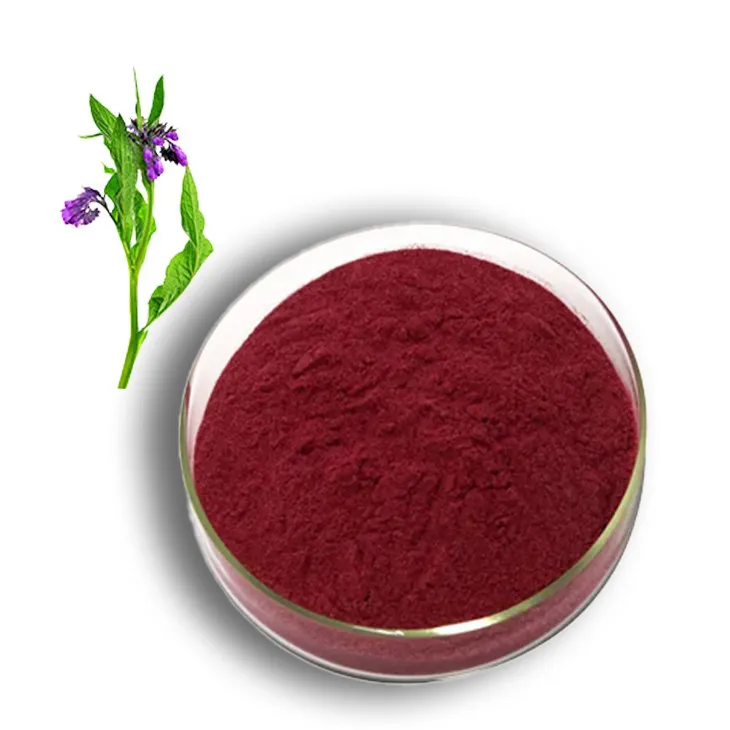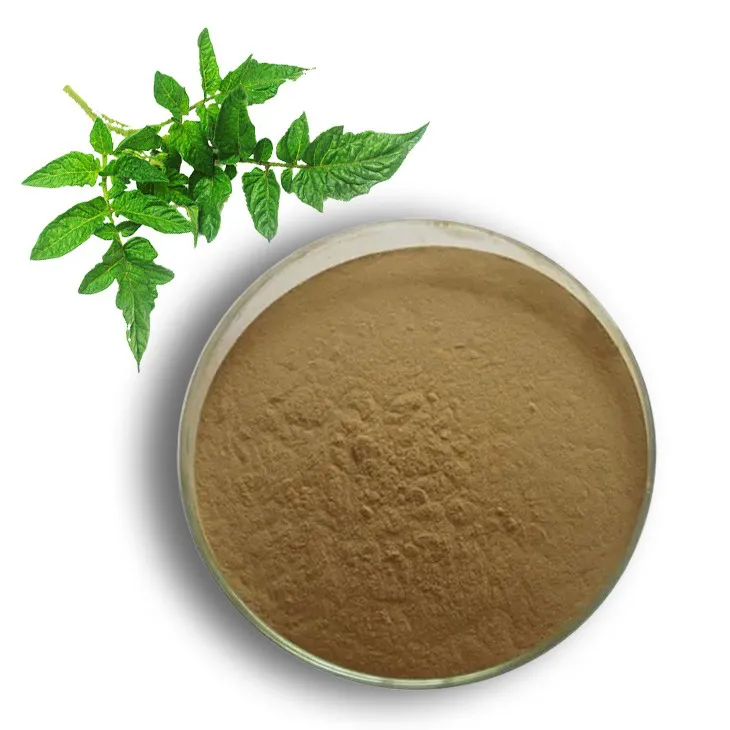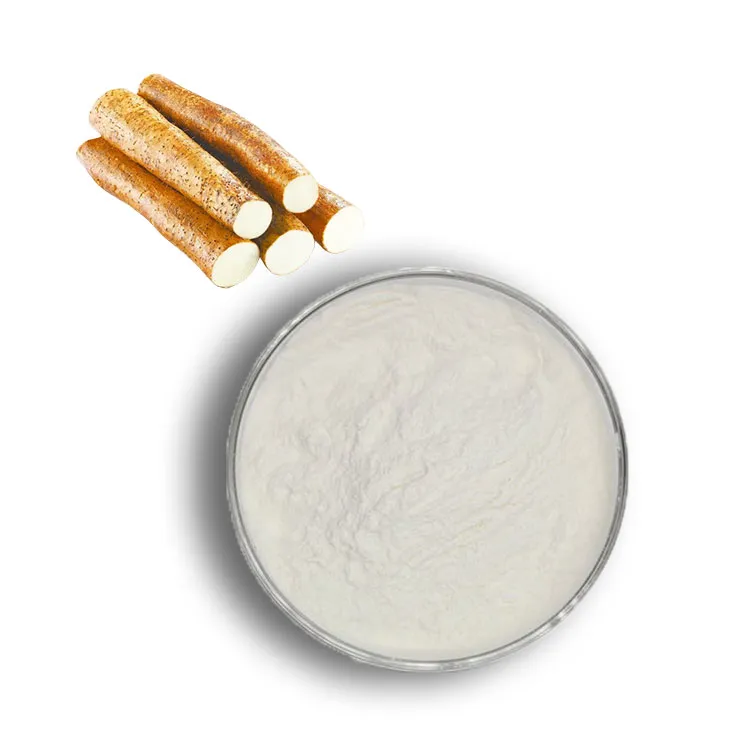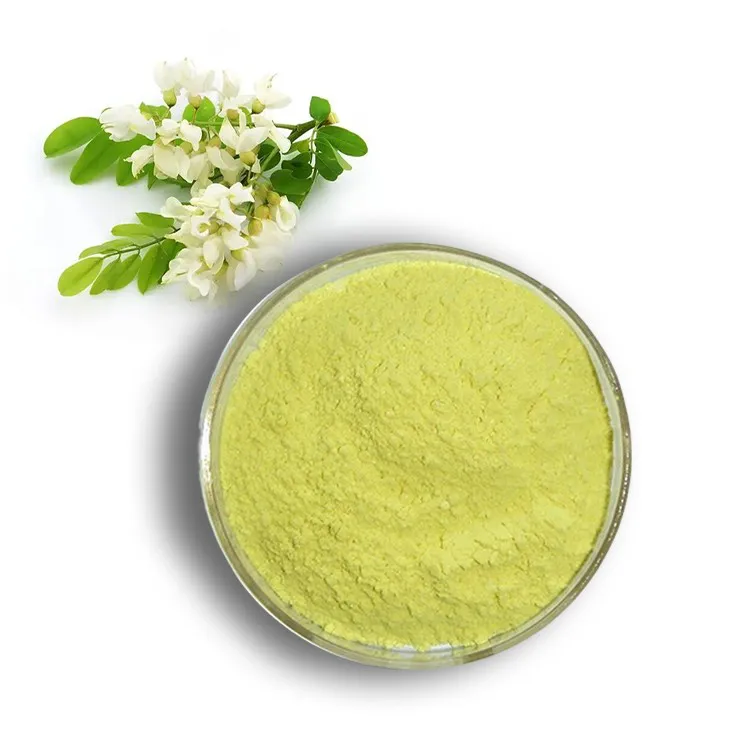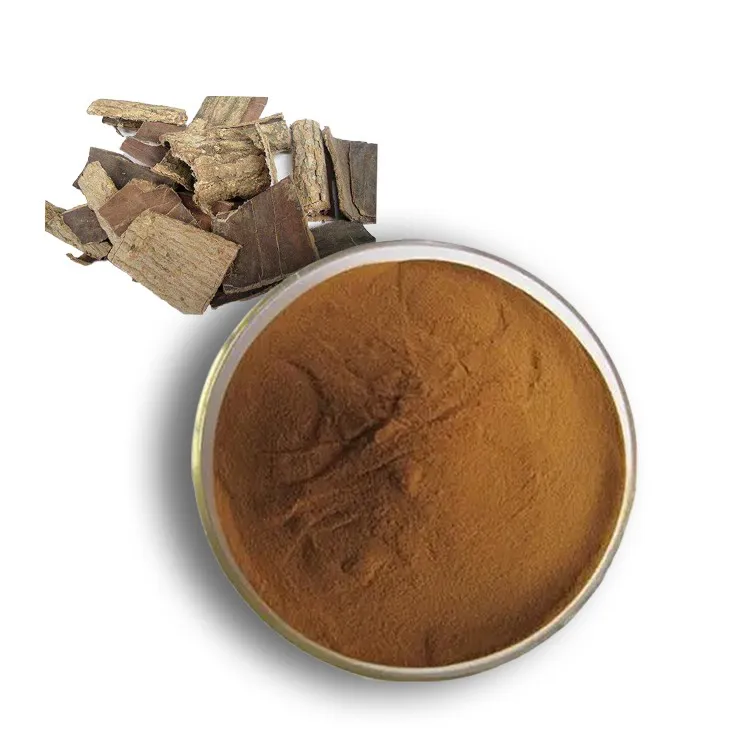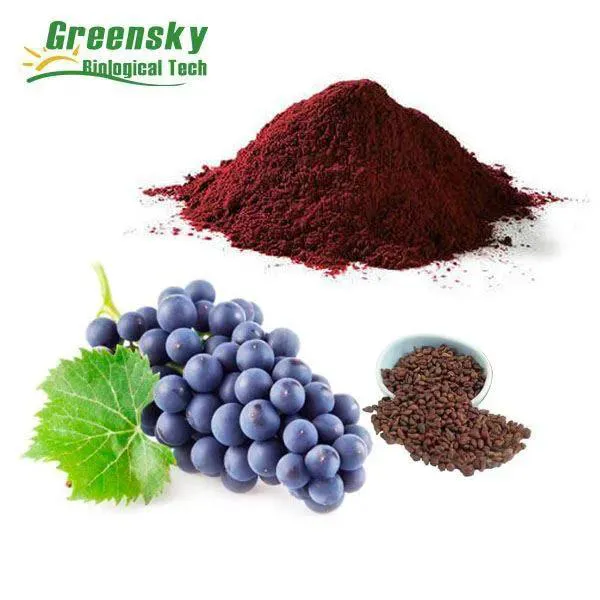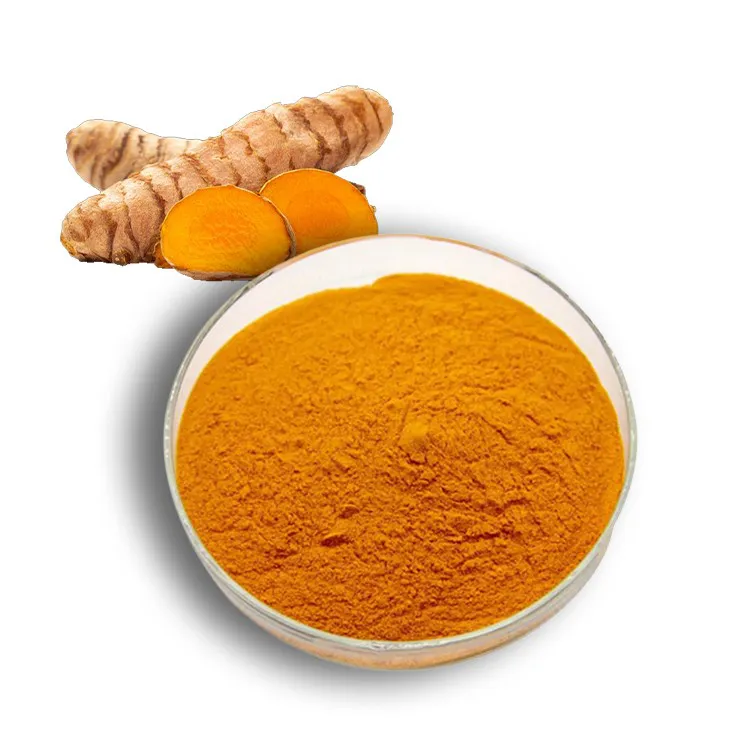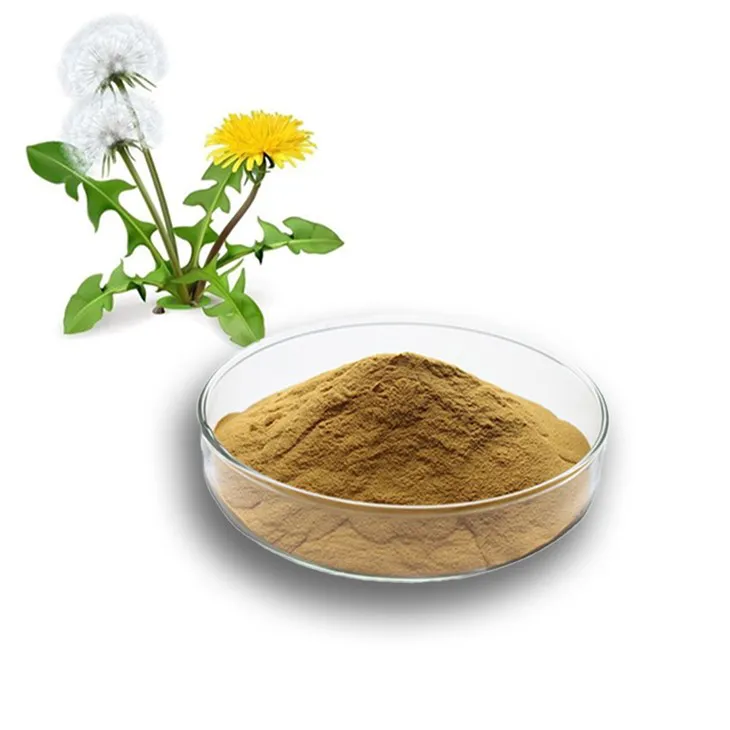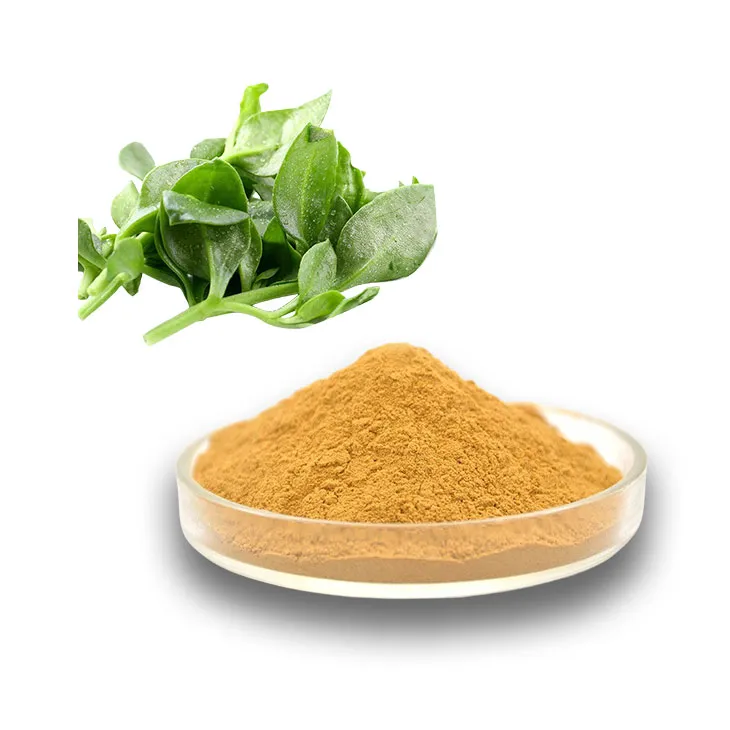- 0086-571-85302990
- sales@greenskybio.com
Horse Chestnut: Why Do People Eat It?
2025-06-26
Horse chestnut (Aesculus hippocastanum) is a tree native to the Balkan region of Europe, celebrated for its aesthetic appeal as well as its medicinal properties. While the raw seeds, leaves, bark, and flowers of the horse chestnut are toxic and unsafe for consumption, the processed extract derived from its seeds serves a range of therapeutic purposes. This article explores why people consume horse chestnut, delving into its medicinal benefits, historical significance, and considerations for safe usage.
Understanding Horse Chestnut: An Overview
The horse chestnut tree is often confused with the edible sweet chestnut found in the Castanea genus, but these are distinct species with different properties. The seeds of the horse chestnut, commonly known as conkers in the UK, exhibit a smooth, shiny appearance and are often associated with children's games. The tree features prominently in European landscapes, particularly in parks and gardens, thanks to its large, palmate leaves and striking flower clusters.
Despite the toxicity of raw horse chestnut, people have long recognized the potential benefits of its processed extracts. The active compound in horse chestnut seeds is aescin (also known as escin), a mixture of saponins known for their medicinal properties. Proper preparation and processing remove the toxins, making it safe for therapeutic use.
Medicinal Uses of Horse Chestnut
The therapeutic properties of Horse Chestnut Extract have been the subject of extensive research and traditional use, particularly in European herbal medicine. Modern scientific studies have also supported some of these uses, although further research is necessary to fully understand its potential.
1. Chronic Venous Insufficiency (CVI):
One of the most common uses of Horse Chestnut Extract is in the treatment of chronic venous insufficiency (CVI), a condition characterized by poor blood circulation in the veins of the legs. Symptoms of CVI include swelling, pain, itching, and varicose veins. Aescin is believed to strengthen vein walls, improve blood flow, and reduce swelling.
Clinical trials have shown that Horse Chestnut Extract can be as effective as compression stockings in alleviating symptoms of CVI. It offers an oral alternative for individuals who may not tolerate or are unable to use compression hosiery.
2. Anti-inflammatory Properties:
Aescin exhibits potent anti-inflammatory effects, making it beneficial for conditions involving inflammation and swelling, such as bruises, sprains, and arthritis. It is thought to inhibit the release of enzymes and molecules that cause inflammation, providing relief from pain and discomfort associated with these conditions.
3. Antioxidant Activity:
Horse chestnut extract has also demonstrated antioxidant properties, which help combat oxidative stress and protect cells from damage caused by free radicals. This activity suggests potential benefits in reducing the risk of chronic diseases and promoting overall health.
4. Edema and Leg Swelling:
Given its ability to promote healthy circulation, horse chestnut extract is often used to manage edema and leg swelling related to prolonged standing or sitting, as well as during long flights.
5. Hemorrhoids:
The venotonic effects of horse chestnut extend to conditions like hemorrhoids, where improved vein tone and reduced swelling can provide relief from symptoms.
Historical and Cultural Significance
The use of horse chestnut in traditional medicine dates back centuries. Various cultures have utilized different parts of the horse chestnut tree for their medicinal properties. For instance, in traditional Swiss medicine, extracts from horse chestnut seeds have been used to treat rheumatism and muscle pain. Similarly, Native American tribes employed horse chestnut for topical applications on skin conditions and sores.
In folk culture, horse chestnut seeds have held superstitious value, believed to bring good luck or ward off ailments when carried on the person.
Safe Consumption and Considerations
While horse chestnut extract can offer medicinal benefits, it is crucial to adhere to safety guidelines to avoid potential risks associated with toxic compounds in the raw plant. Here are key considerations for safe usage:
1. Avoid Raw Consumption:
Never consume raw horse chestnut seeds, leaves, bark, or flowers, as they contain toxic compounds that can cause serious health issues such as digestive distress, kidney and liver damage, or even death if ingested in large quantities.
2. Standardized Extracts:
Ensure that you use only standardized horse chestnut seed extracts designed for medicinal use. These are processed to remove toxic components and contain a consistent concentration of the active ingredient aescin.
3. Consult Healthcare Providers:
Before starting any new supplement, including horse chestnut extract, it is advisable to consult with a healthcare professional, especially if you have pre-existing medical conditions, are pregnant or breastfeeding, or are taking other medications.
4. Potential Side Effects:
While generally well-tolerated, horse chestnut extract can cause side effects in some individuals, such as gastrointestinal upset, dizziness, or headache. Discontinue use and consult a healthcare provider if you experience adverse reactions.
Conclusion
Horse chestnut, when appropriately processed and used, offers a valuable natural remedy for a variety of circulatory and inflammatory conditions. Its history, cultural significance, and reaffirmed therapeutic potential in modern medicine highlight its importance beyond ornamental beauty. However, care must be taken to respect the plant's toxic nature in its raw form. With proper understanding and approach, horse chestnut continues to hold a place in both traditional and contemporary medicine, providing relief and enhancing wellness for those who seek its benefits.
- ▶ Hesperidin
- ▶ citrus bioflavonoids
- ▶ plant extract
- ▶ lycopene
- ▶ Diosmin
- ▶ Grape seed extract
- ▶ Sea buckthorn Juice Powder
- ▶ Beetroot powder
- ▶ Hops Extract
- ▶ Artichoke Extract
- ▶ Reishi mushroom extract
- ▶ Astaxanthin
- ▶ Green Tea Extract
- ▶ Curcumin Extract
- ▶ Horse Chestnut Extract
- ▶ Other Problems
- ▶ Boswellia Serrata Extract
- ▶ Resveratrol Extract
- ▶ Marigold Extract
- ▶ Grape Leaf Extract
- ▶ blog3
- ▶ Aminolevulinic acid
- ▶ Cranberry Extract
- ▶ Red Yeast Rice
- ▶ Red Wine Extract
-
Saffron Extract Powder
2025-06-26
-
Shikone Extract
2025-06-26
-
Senna Leaf Extract
2025-06-26
-
Yam Extract
2025-06-26
-
Troxerutin
2025-06-26
-
Eucommia Ulmoides Extract
2025-06-26
-
Grape Seed Extract
2025-06-26
-
Curcumin
2025-06-26
-
Dandelion Leaf Extract
2025-06-26
-
Andrographis Paniculata Extract Powder
2025-06-26











